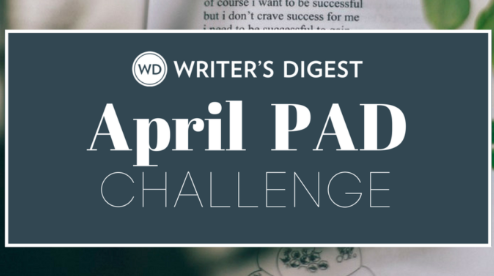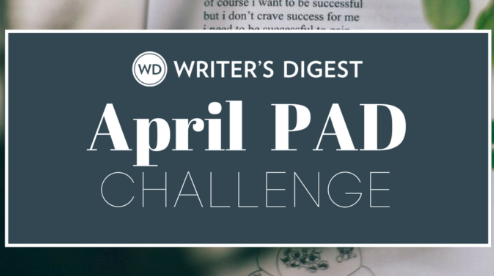Zappai: Poetic Forms
In this post, poets will learn how to write a zappai poetic form, including what differentiates it from haiku and senryu. Plus, read a sample zappai poem.
Been a while since I've covered a new form on here, so let's examine zappai!
Zappai Poems
Zappai poems are like haiku, but not. Or maybe more appropriately, they're like senryu, but not (or maybe they are). This poetic form definition may sound kind of wishy-washy, but zappai are poems that have a 5-7-5 syllable pattern that do not contain the seasonal reference expected of haiku.
In other words, zappai are all those haiku people write that haiku poets recognize as not being haiku. Again, senryu could fit this definition as well, but senryu also can have a looseness with the syllables, much like haiku, so that 17 syllables are not mandatory.
Zappai should still be poetic, but they're 5-7-5 poems that don't include the seasonal reference. Final answer. I think.
*****
Play with poetic forms!
Poetic forms are fun poetic games, and this digital guide collects more than 100 poetic forms, including more established poetic forms (like sestinas and sonnets) and newer invented forms (like golden shovels and fibs).
*****
Here’s my attempt at a Zappai Poem:
We followed the road, by Robert Lee Brewer
We followed the road
'til it led to another
dead end cul de sac.
Robert Lee Brewer is Senior Editor of Writer's Digest, which includes managing the content on WritersDigest.com and programming virtual conferences. He's the author of 40 Plot Twist Prompts for Writers: Writing Ideas for Bending Stories in New Directions, The Complete Guide of Poetic Forms: 100+ Poetic Form Definitions and Examples for Poets, Poem-a-Day: 365 Poetry Writing Prompts for a Year of Poeming, and more. Also, he's the editor of Writer's Market, Poet's Market, and Guide to Literary Agents. Follow him on Twitter @robertleebrewer.




